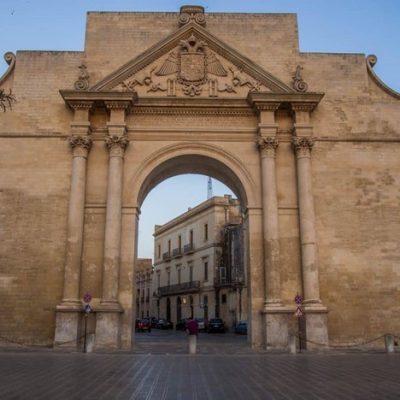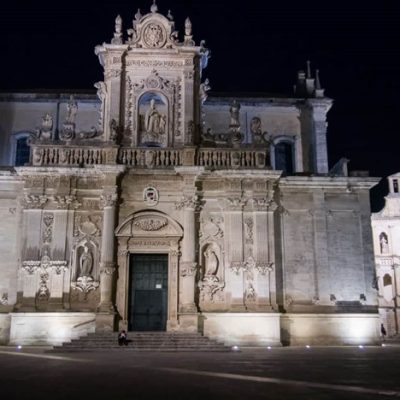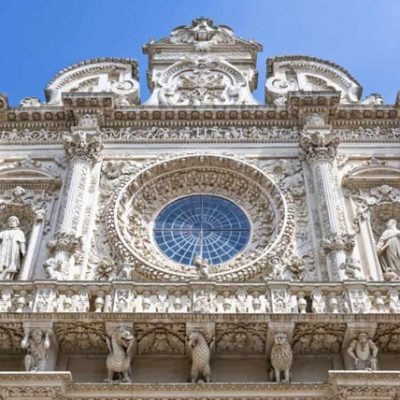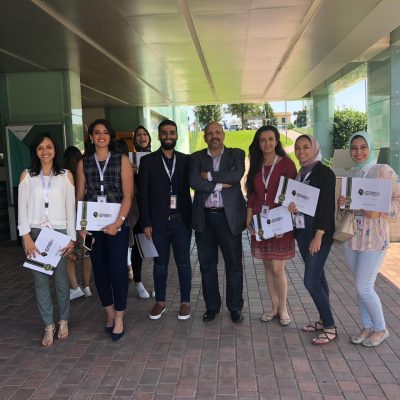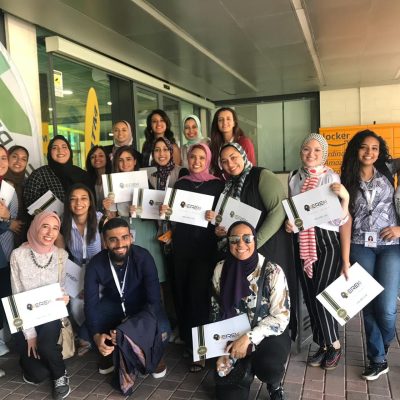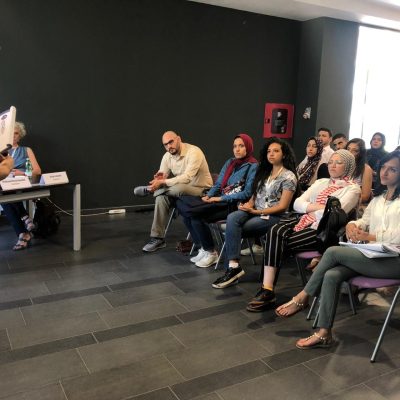Introduction
In this course, we’ll dive into key topics such as GIS and RS applications, cartography, the relationship between GIS and RS, software installation, interface navigation, and the use of essential ArcMap tools. You’ll learn how to work with geographical layers, create data frames, and design layouts for producing stunning maps. Our lessons will guide you through understanding shapefiles, their storage, creation, and management using Arc Catalogue.
The art of editing shapefiles and drawing vector data will become second nature, and you’ll grasp the difference between saving edits and saving the ArcMap project. We’ll also explore the integration of satellite imagery, converting raster to vector through on-screen digitization, and the significance of attribute tables, where you can add and manipulate various data fields.
On-screen digitization will allow you to fine-tune your mapping skills, from adding tabular data to drawn features to classifying and symbolizing them. With this knowledge, you’ll be well-prepared to create exceptional maps and deliver final projects that leverage the power of GIS and RS technology.



